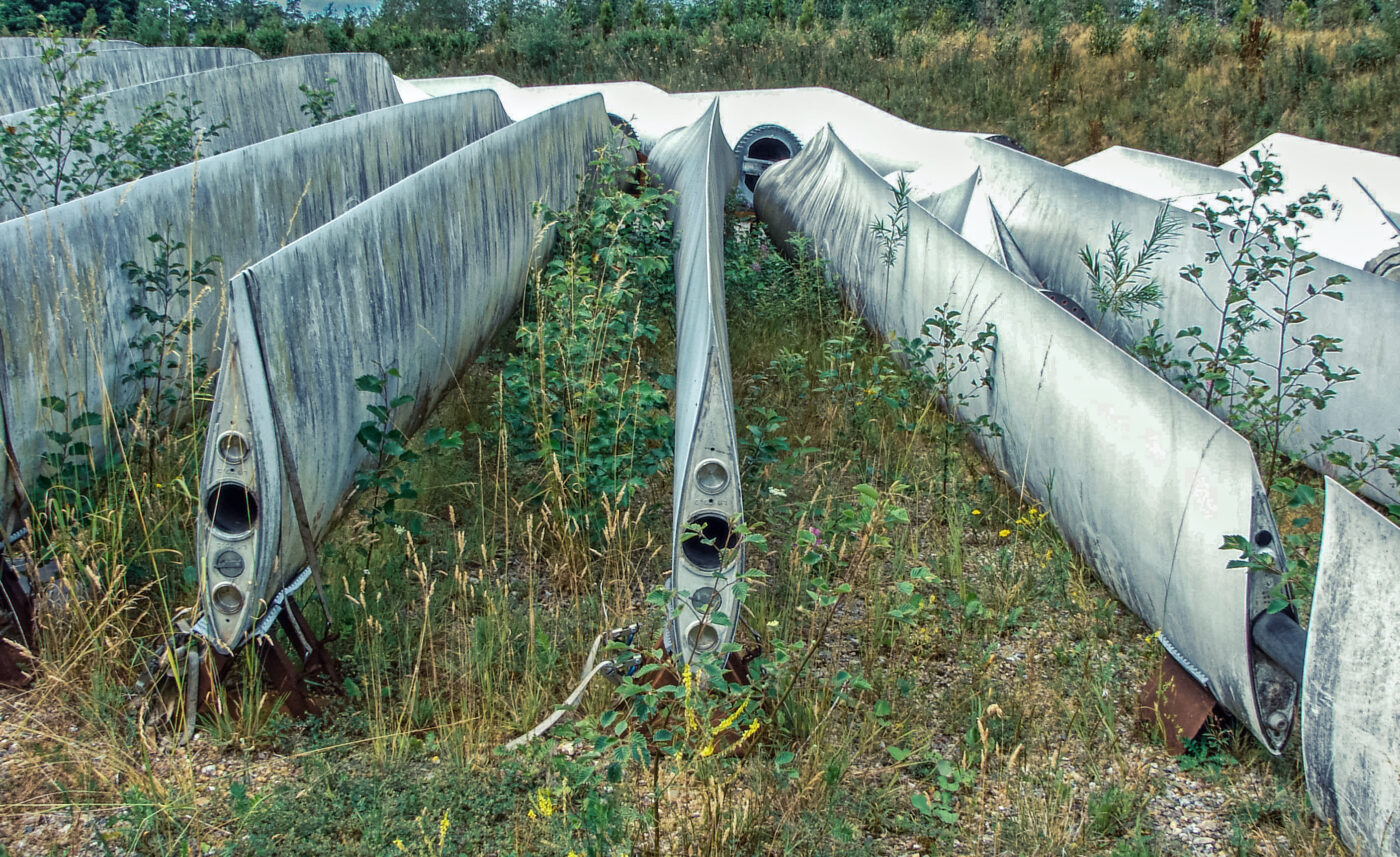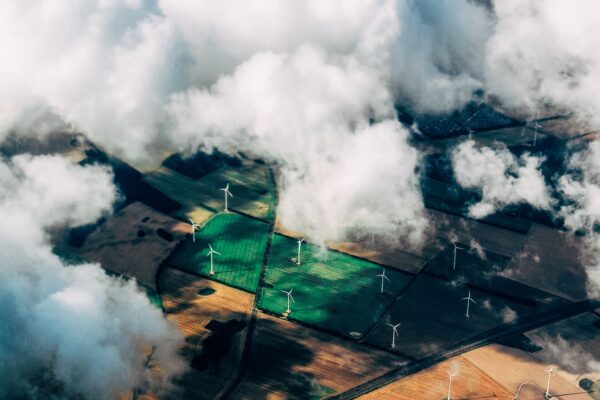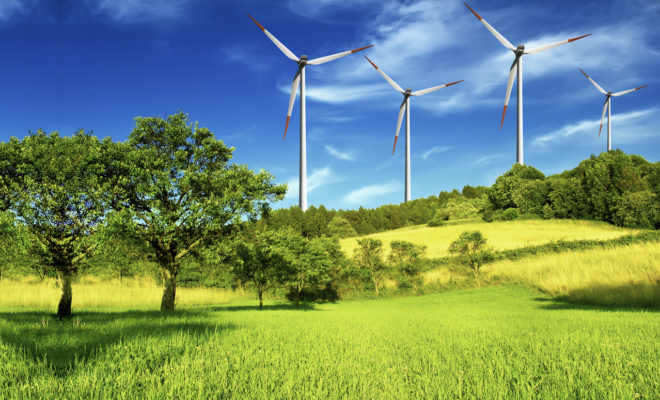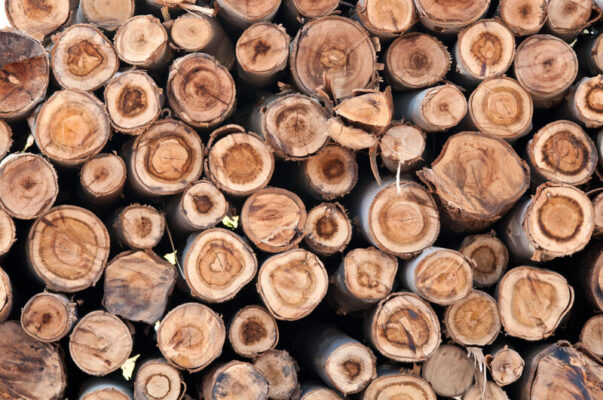After operating for around two to two-and-a-half decades, wind turbines can either be upgraded with new components for extended life or replaced with newer models in a process known as repowering. If neither can be done, the wind turbine is decommissioned, and its components are dismantled and disposed of.
According to The European Technology & Innovation Platform on Wind Energy (ETIPWind), wind turbines already have an impressive recyclability rate of 85% to 90%. The sector has indeed made significant progress with most parts of a turbine, including the foundation, tower, and the drive components, being recyclable. However, as the EU propels towards a circular economy, the wind industry is pushing to achieve the ambitious goal of 100% recyclability for these energy giants. Yet their blades present a recycling challenge.
For nearly twenty years, turbine blades were considered unrecyclable, and their end-of-life management raised serious concerns. Blades are made of composite materials which allow for both lighter and longer designs. The composites consist largely of reinforced fibers like glass and carbon fibers, bonded together with polymeric resins. Once they solidify, they form a network of resilient cross-linked polymers, helping to fortify the blades against extreme weather for up to a quarter of a century. The inclusion of other materials, such as balsa wood, foams, metals, and protective coatings, amplifies the complexity of recycling the blades, making the path to a fully recyclable wind turbine a challenging endeavor.
What can be done?
Co-processing in cement is the leading method for recycling turbine blades, utilizing 100% of end-of-life composite materials. The organic components of the composites serve as fuel, while fibers and fillers substitute a portion of the raw materials in cement clinker.
Geocycle, a global waste management service provider for industrial, agricultural, and municipal sectors, is at the helm of cement co-processing at the Holcim Lägerdorf facility in Northern Germany. Every ton of processed blade waste cuts CO2 emissions by 110 kg and conserves 461 kg of raw materials. The company currently only offers co-processing solutions for wind turbine blades in Germany but is considering expanding this service to other regions of Europe.
According to Wind Europe, as earlier-generation wind farms retire, there will be a steep ascent in blade waste — anticipated to reach 25,000 tons annually by 2025 and possibly doubling by 2030. The European cement industry, utilizing over 220 million tons of raw materials and 25 million tons of fuels each year, has ample capacity to incorporate wind turbine blade waste in its production.
Research goes on
While cement co-processing remains the most popular method, other innovative recycling technologies are under active development. Among these is pyrolysis, a process that heats waste fiberglass-resin composites above 400°C in the absence of oxygen, decomposing the resin into a low-weight hydrocarbon gas, high-weight hydrocarbon liquid, and glass fibers. The gas powers the pyrolysis, and the liquid becomes fuel for other sectors. The fibers can be sold to fiberglass vendors or converted into thermoplastic products for the automotive, marine, and sports industries. However, the cost-effectiveness of pyrolysis is directly linked to the quality of its outputs and market demand; if the products are not valued highly, it may not be a profitable venture.
Vestas, a prominent Danish wind turbine manufacturer, is pioneering another recycling solution. In collaboration with Aarhus University, the Danish Technological Institute, Nordic recycling leader Stena Recycling, and epoxy producer Olin, Vestas is developing a potentially groundbreaking method for recycling turbine blades. Their combined solution employs a unique chemical process that breaks down epoxy resin into raw materials. According to Vestas, the method utilizes readily available, inexpensive, and non-toxic chemicals and operates under standard room conditions, making it energy efficient. While the company remains silent on specifics, a two-year pilot will test its scalability, with the aim of commercial adoption.
In a nutshell
Landfilling turbine blades is cost-effective but environmentally unfriendly and wasteful. To establish alternative recycling methods, we need more research and resources. Meanwhile, prioritizing proven methods like cement co-processing is essential.



